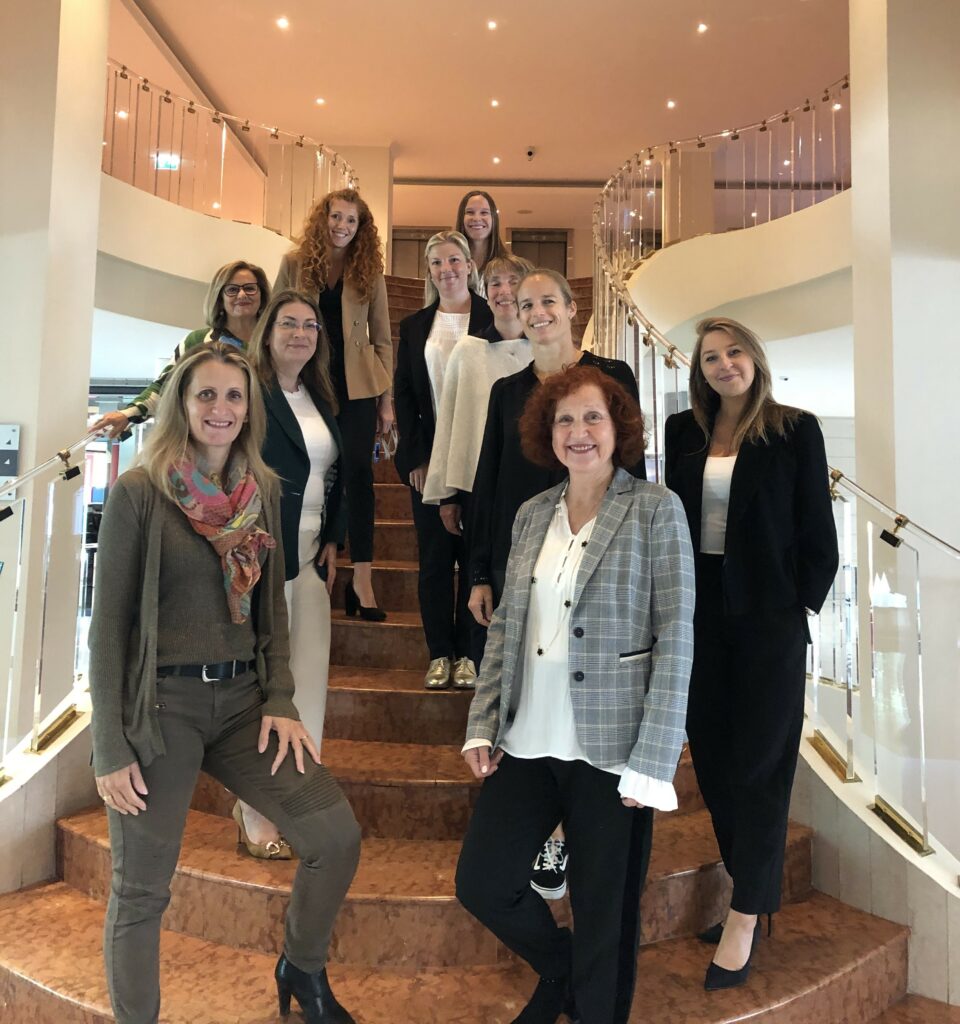
On September 19, 2024, Odile Roche, founder of Capital-Énergie (expert in personal development, managerial evolution and collective performance), and Ludivine Mitteau, director of Tetris Suisse, hosted a morning conference titled, “Well-being and Sustainable Performance in the Workplace”. This conference brought together decision-makers to discuss a central issue: how workspace design and well-being management can not only improve employees’ quality of life, but also contribute to sustainable performance within the company.
Well-being and performance: an inseparable duo
One of the key takeaways from this event was the importance of balancing well-being and performance in the workplace. Based on research by the HeartMath Institute, Odile Roche emphasized the essential role of the human energy system in the workplace. According to her, our brain and heart emit and receive waves that influence not only our thoughts, but also the way we perceive our working environment. Effective energy management reduces stress, improves decision-making and enhances the ability to collaborate. Indeed, if employees are to perform at their best, it is essential that their well-being is considered holistically, including physical, mental and social aspects. Odile Roche emphasized that “to talk about sustainable performance, we must focus on people, organization and the environment”. This translates into creating workspaces that allow individual energy management, promote fair organization, and offer an inspiring and safe work environment.
The regenerating office: a productivity lever
The “regenerating office” concept is based on the idea that the workspace should be designed to recharge employees’ energy throughout the day. This translates into layouts that promote physical, mental and social well-being. Concrete examples of physical well-being include access to natural light, spaces for light physical activity such as yoga rooms or walking paths. Mental wellbeing can be supported by quiet concentration zones or meditation spaces, while social wellbeing is enhanced by socialization and coworking areas where employees can interact informally.
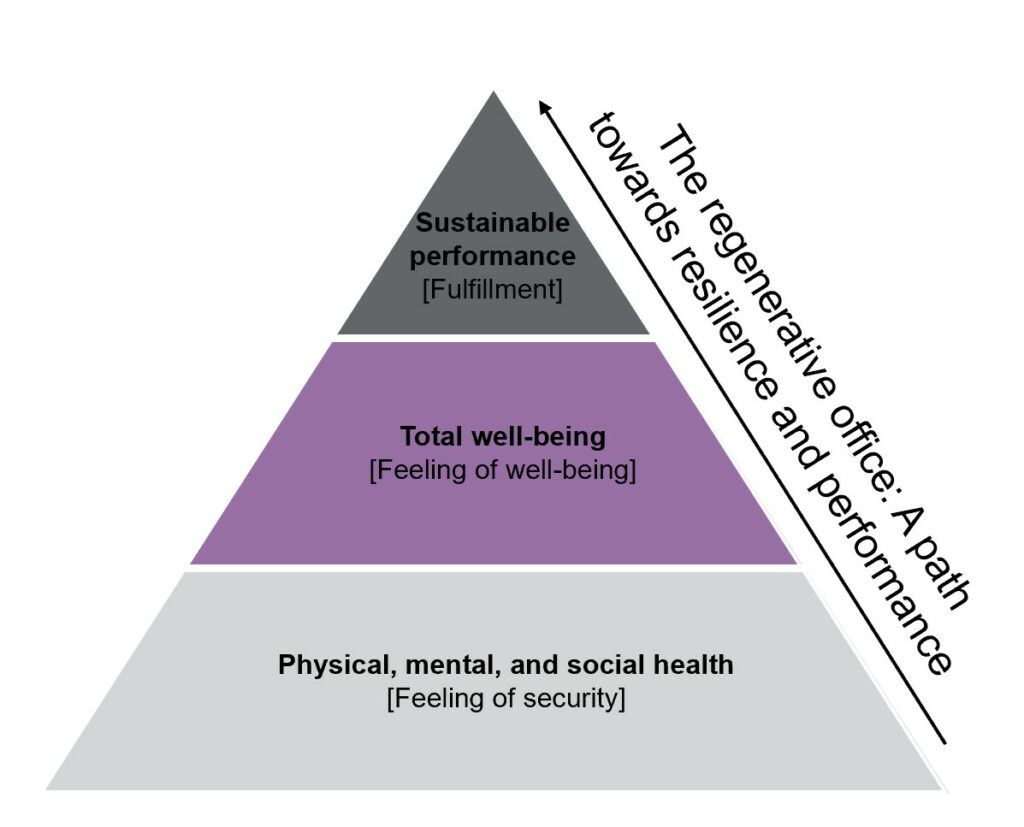
A key point raised in the presentation was the importance of balancing these different types of well-being to create a harmonious working environment. The graph shows that companies that integrate these elements see improvements in feelings of security, fulfillment, and work-life balance, contributing to overall well-being and sustainable performance.
Soft skills and management: at the heart of transformation
The conference also highlighted the fundamental role of soft skills (behavioral competencies) in sustainable performance. Developing empathy, smooth communication and trust are qualities that help employees to work better together and feel supported. This type of human-centered management not only fosters talent retention but also boosts employee engagement. According to Odile Roche, management with “high human values” is essential for recruiting, on-boarding and retaining teams in an ever-evolving environment. Managers must also take care to create human moments, which reinforce collaborative intelligence and team spirit.
The challenges of modern work: health, resilience and innovation
The data presented showed that more than half of all employees end their day with low energy levels. This finding underlines the importance of rethinking the organization of work, offering more breaks and allowing employees to manage their own pace. Flexibility and autonomy are growing expectations of the new generations. Ludivine Mitteau emphasized the importance of “protective spaces,” such as quiet zones for recharging (silence booths, private bubbles), and “transition spaces” (relaxation areas between meetings or spaces for spontaneous social interactions) to help manage energy between activities. These spaces, combined with good time management and corporate well-being policies, promote individual and collective resilience.
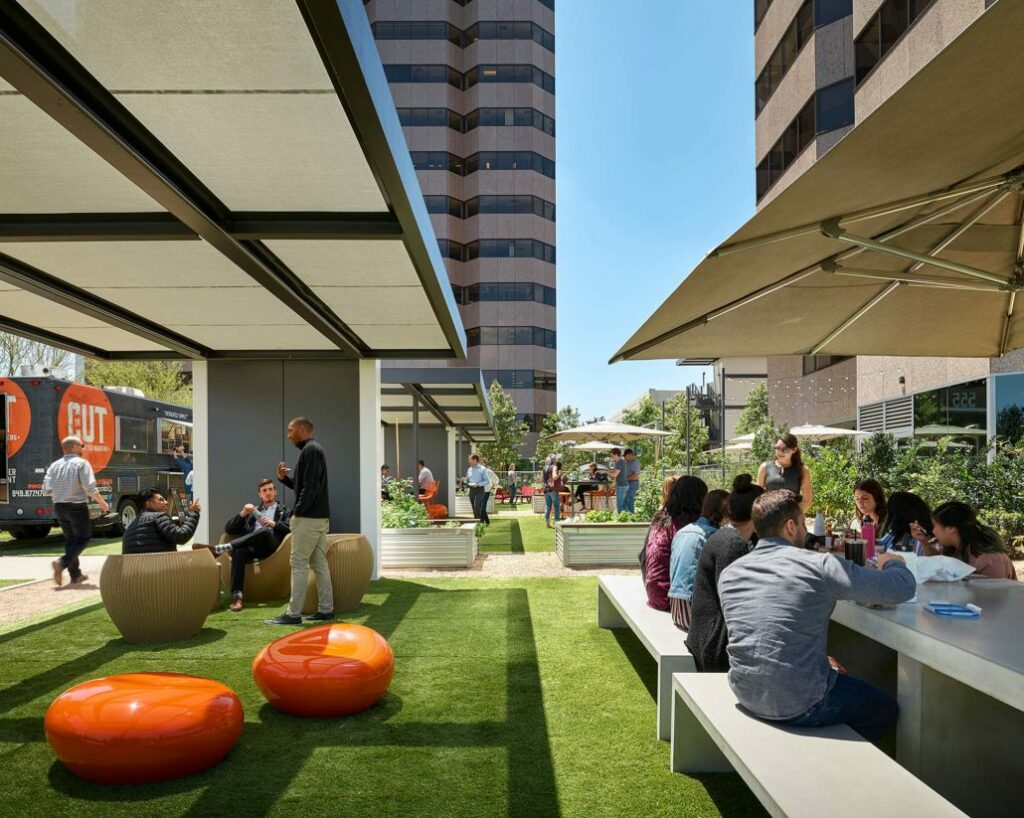
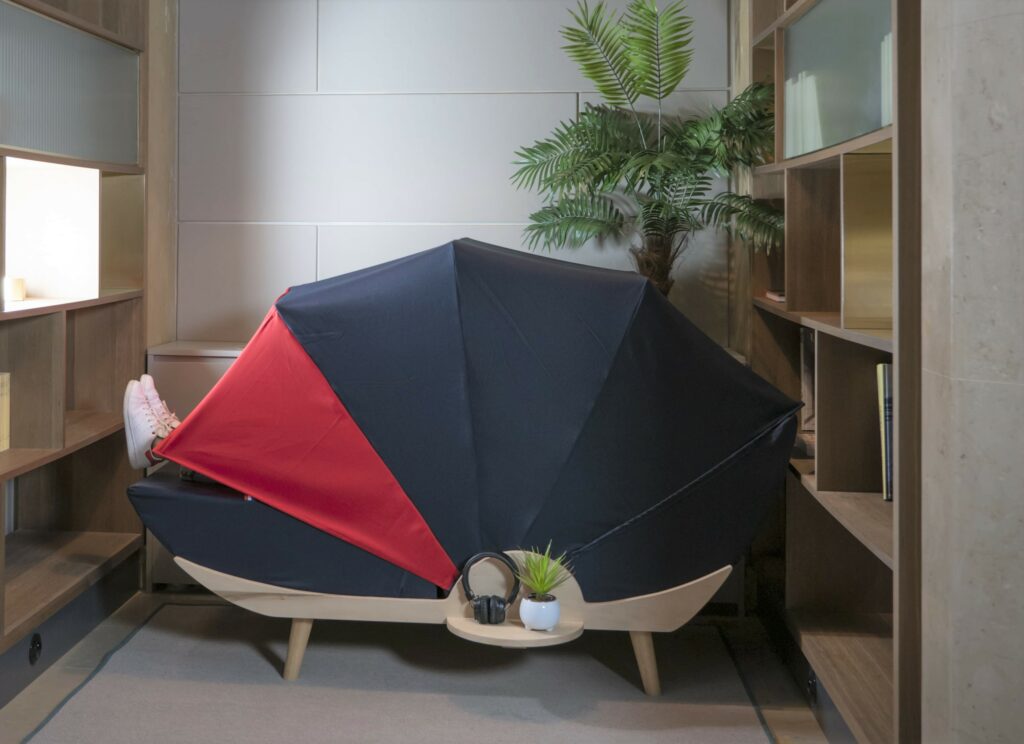
The key role of innovation in office design
Beyond the immediate well-being of employees, companies have everything to gain from investing in innovative work environments. Concepts such as biophilic design, which integrates natural elements into workspaces, or the use of technologies such as augmented reality to foster collaboration, are levers for innovation. The study presented showed that these approaches strengthen employees’ sense of belonging and commitment. Inspiring examples from companies such as Google and Airbnb, who are rethinking their offices around these ideas were cited to show that these practices are already expanding globally.
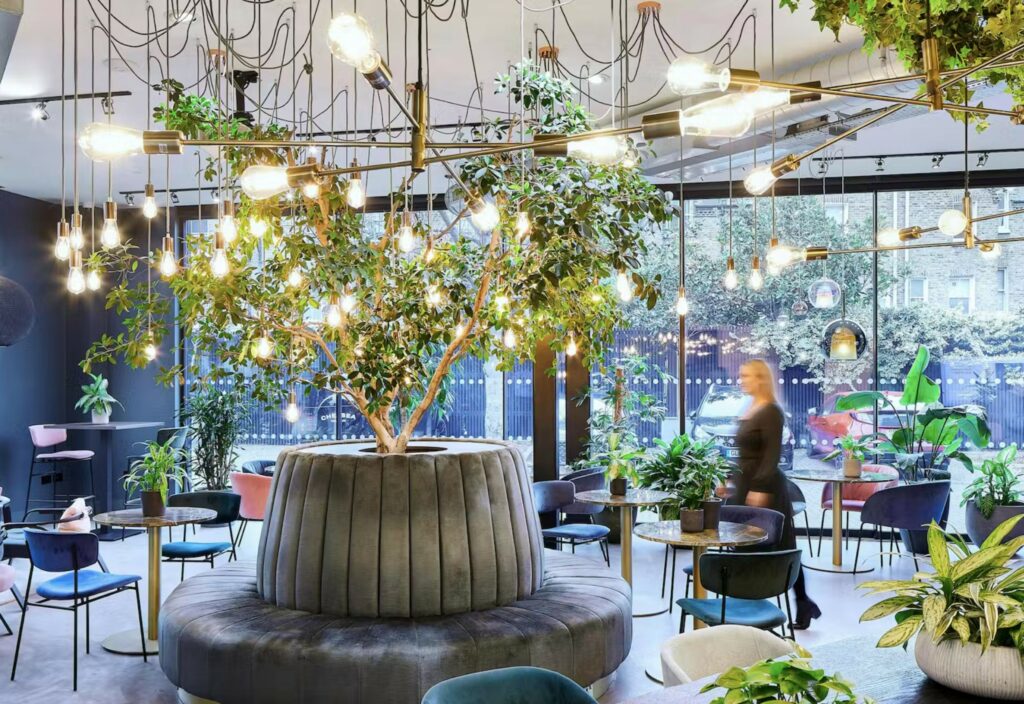
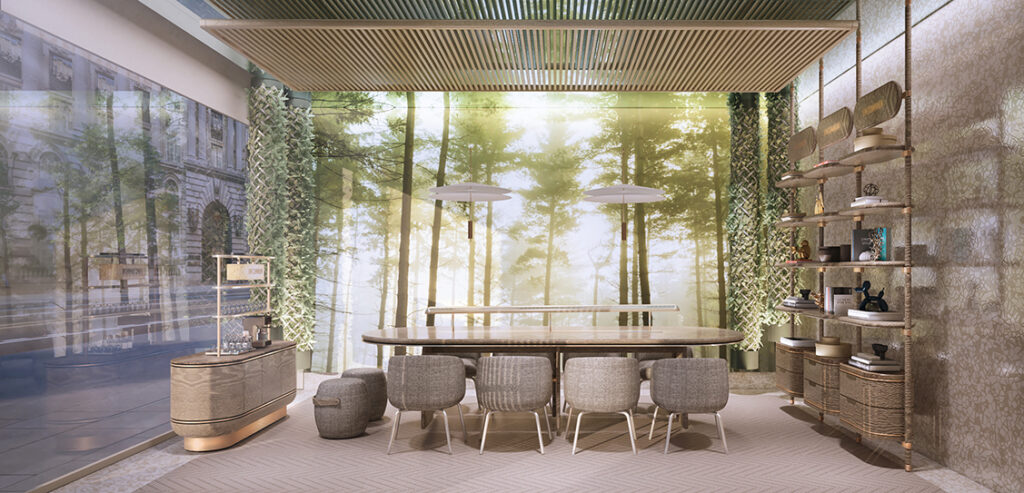
In conclusion: towards sustainable, human performance
The event showed that employee well-being is now a key driver of sustainable performance. The Tetris and Capital Énergie study revealed that employees are seeking more flexibility to better balance their professional and personal lives. By combining regenerating offices and high human-value management, companies can not only boost productivity, but also strengthen the resilience of their teams in the face of today’s challenges. Employers can now rethink their spaces and organization around employee well-being.
This is where Calamp Office Design comes in. As a distributor of office furniture in Switzerland, we offer customized solutions to improve the physical, mental and social well-being of your employees. Whether it’s modular spaces, ergonomic seating, rest areas or biophilic designs, we can help you transform your offices.
Would you like to create regenerating offices that boost both the well-being and productivity of your teams? Contact us today to discover our innovative furniture solutions!
Follow us:
